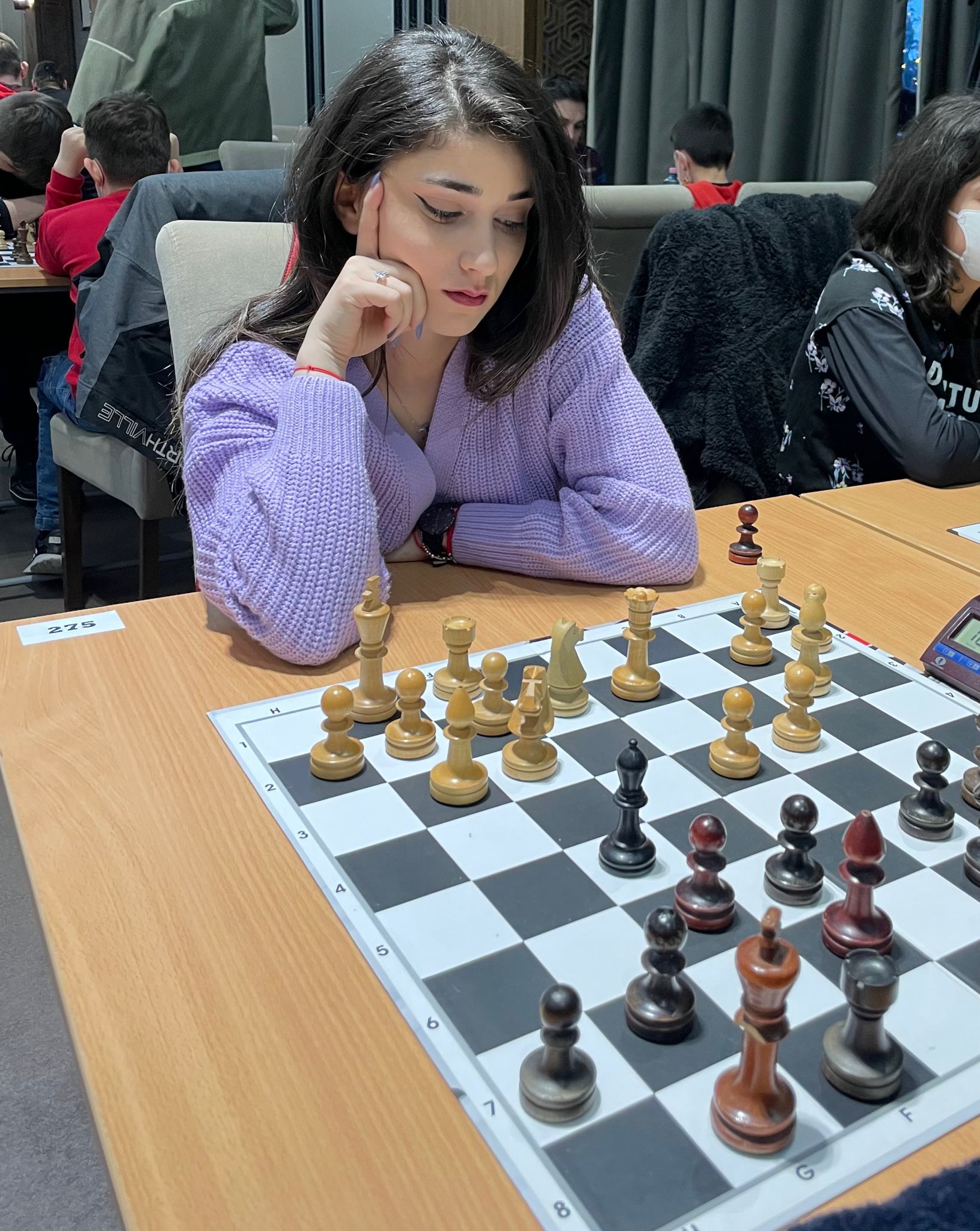Post-covid chess: where is it headed?
As the world is preparing for a long-anticipated dispute over the World Chess Champion title, this time between GM Ding Liren, and GM Ian Nepomniatchi, it’s worth taking a brief look at how chess has developed over time, as a competitive sport, a leisure activity and an educational tool. In this article, we will explore some of the most important moments in the history of chess, ending our journey with the following question: what does the future hold for this beloved game?
The beginning
The first structural change in the studying of chess happened in 1749 when French master François-André Danican Philidor published his book “Analyse du jeu des Échecs”, or “Analysis of the Game of Chess”. He argued that underneath the idea of a game centred around attacking, sacrificing, and risk-taking lies that of a strategic fight where sophisticated plans are necessary to win. Ever since, chess has continued to transition, revealing unforeseen layers of complexity and subtlety to the curious eye.
The year 1886 marked the declaration of the first official World Champion, Wilhelm Steinitz. He was followed by Emanuel Lasker, who held his title for twenty-seven years, and their ingenious insights into chess strategy strengthened its position as a professional endeavour. Its new place as a competitive sport brought about innovation, ambition, and for some, money and fame.

Women in chess
At the dawn of the 90s, another chapter of history was being written by Hungarian chess player Judit Polgar, who challenged the world by becoming the youngest Grandmaster (GM) in history up to that point, surpassing the record of former World Champion Bobby Fischer. The performance of Judit Polgar sent a firm and much-needed message to the world: that women can make fantastic chess players. Prior to the Polgar sisters, strong female players such as Nona Gaprindashvili or Lisa Lane made the starting steps towards the notion of equality. Yet, the idea of femininity in chess has faced strong resistance all throughout the 20th century, with big names such as Alexander Alekhine, Fischer or Kasparov blatantly stating that women are not built for chess.
Even today, the perception of women chess players is far from just, with highly ranked players such as Nigel Short advocating that physiology, rather than cultural and societal shortcomings, is at the core of the uneven distribution in the number of female and male chess players. The last decade of the previous century opened many ways for women in chess, an aspect worth celebration and reflection.
Chess engines and chess media content
1997 came with Garry Kasparov’s first defeat against IBM’s program Deep Blue, which in hindsight can be recognised as the start of the “era of superhuman chess”. The prospects of chess engines did not excite players solely through their novelty and entertainment value, but also through the tremendous impact on the way professionals and club players would conduct their training from that moment onwards. Chess engines have taught humans important lessons on resourcefulness, unconventional play, piece activity and, of course, brute, powerful calculation. Nowadays, most club players rely on their computers for opening preparation and game analysis. You can read more about the evolution of the chess engines here.
The technological advances of the 21st century established the supremacy of chess engines over humans, and with this shift of paradigm, the era of mobile and desktop chess applications has seen its beginnings. I once met someone who used to play chess against his iPhone 3. He would joke that the mobile app made a respectable opponent, but that it would sometimes crash when things didn’t go its way on the board…
In the era of tech innovations, integrating chess applications on platforms on the web felt like a natural step. Thus, the Internet has brought great exposure to chess, a game that never ceases to impress through its paradoxical simplicity and elegance. In 2014, FIDE announced that there were over 400,000 active players. However, the Internet reveals much bigger numbers for how many people around the world have the hobby of playing chess; today, online chess platforms host millions of users from nearly every country in the world, tracking billions of matches every year. For example, the popular open-source platform lichess.org reported over 4 million active users at the end of last year.
As a chess tutor, I have met many people that learned the rules of the game as children, but never tried to play more than a few games. Later in life, they took up chess either on their phone, tablet or PC. The emergence of chess media content on popular platforms like YouTube and Twitch has further boosted its internet popularity and has created – perhaps for the first time – the idea of a broad international chess community.
Thus, since the 2000s, the chess world has seen unique headlines. The story of 13-year-old Magnus Carlsen defeating former World Champion Anatoly Karpov is a good example. His refusal to further defend the title after being undefeated since 2013 is another. Chess and tech geeks also heard about Google’s AI Alpha Zero and recognised in it the great potential of learning algorithms. And among many other exciting stories, there is one more phenomenon that requires acknowledgement: the surprising effect of Covid-19 on the number of active chess players worldwide.

Pandemic chess boom
As a measure against the spread of the virus, the lockdown brought forth a moment for people to browse the internet and, maybe out of boredom, nostalgia or intellectual curiosity, end up playing chess. Popular playing platforms have reported unprecedented growth in usage as a direct consequence of the measures imposed by the pandemic. In October 2020, the intriguing Netflix show “The Queen’s Gambit” sparked a new, nuanced interest in chess and, out of a mix of worldwide events, the Internet has opened many doors for new users to join online chess arenas.
The popular platform chess.com, after publishing their traffic since the beginning of the pandemic, commented: “Yes, more of you joined in 18 months than joined in all of our first 13 years”. The number of matches hosted by the cloud reached billions, compared to a few million yearly over-the-board chess encounters reported by FIDE. This comparison alone marks the welcoming of millions into an open conversation, broadening and enriching the chess community. And with a wider audience comes greater responsibility.
The Internet endows us with a new tool for expanding the chess competition, and with an additional responsibility: displaying fairness, integrity and compassion. With a larger and more diverse community of players than ever before, it is essential that we work together to create and maintain an equitable and welcoming community.

Author


